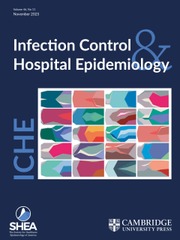Article contents
Toxoplasma gondii
Published online by Cambridge University Press: 21 June 2016
Extract
Toxoplasma gondii is an obligate intracellular parasite that is a worldwide cause of infections in virtually all mammalian species, including humans. Although toxoplasmosis is extremely common in humans, most cases are subclinical and are revealed only by the presence of antibodies to this parasite. Prior to the use of immunosuppresive therapy and the recognition of the acquired immune deficiency syndrome (AIDS), the most devastating consequence of toxoplasmosis was seen in children of women who acquired acute toxoplasmosis in their first trimester of pregnancy.
In the past two decades, this pathogen has become increasingly recognized in immunocompromised patients as a common cause of encephalitis. The tragedy of toxoplasmosis is that it is a preventable disease. French investigators, have clearly defined the risk and range of severity of congenital toxoplasmosis, the value of systemic screening and patient education, and the value of treatment of the mother during pregnancy to prevent transmission to the fetus. Prevention of a large portion of cerebral toxoplasmosis cases in immunocompromised patients might be possible if congenital toxoplasmosis was better controlled in the United States. The first step in controlling toxoplasmosis in the United States is a better appreciation of this infection.
Information
- Type
- Special Sections
- Information
- Copyright
- Copyright © The Society for Healthcare Epidemiology of America 1990
References
- 2
- Cited by

